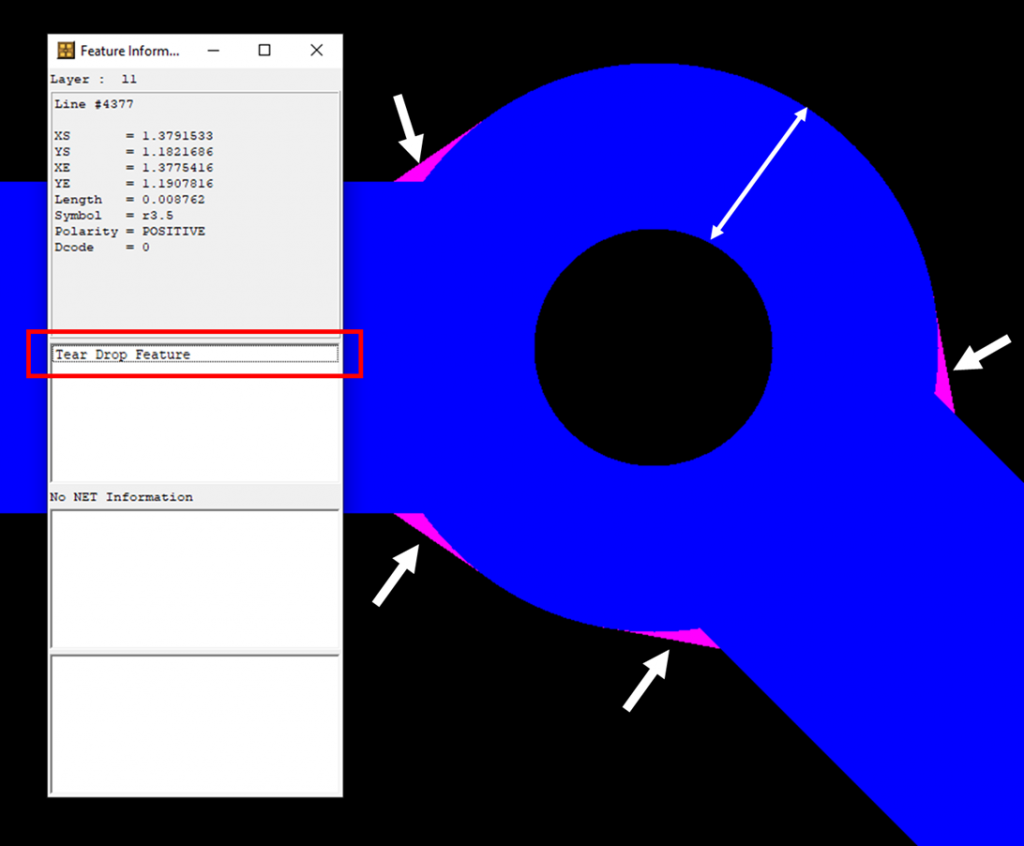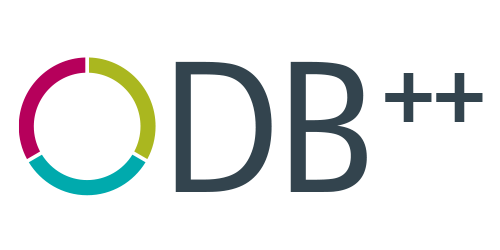Whether one refers to data involved in the NPI release of a design as legacy CAM, an industry standard, a product model or a digital twin, the objectives are all similar. The desired outcome of each method is the successful transition of a conceptional design into a physical product.
Through history there have been similar situations where multiple solutions were presented, and the market determined which method would become the primary choice. Some of us can remember when 8-track tapes gave way to cassette tapes. Next was the Beta versus VHS tapes. That continued to photo and video recording devices that used different styles of memory cards, which largely obsoleted themselves before a predominate choice was ever selected. Not long ago many of us probably had a portable hard drive to periodically backup our laptop and now that is done automatically to a location somewhere in the ether. With each decade there is an ever-increasing trend of obsolesce and less standardization is seemly possible.
ODB++ Design was first introduced in 1995 as simply ODB. Since then ODB has had to evolve, giving way first to ODB++ and now ODB++ Design. With each generation of ODB, new and updated segments of the intelligent design to manufacturing methodology are ever being addressed. ODB++ Design is an evolving standard and has been for over 25 years. There are many reasons why both large and small OEMs have chosen to implement ODB++ Design in their release process and one intelligent element of ODB++ Design that gets put to constant use is the expansive idea of a simple attribute.
In ODB++ Design an attribute is typically small piece of additional detail attached to the product model as close as possible to where it presents adds value. The attribute itself and the value assigned creates a connection between the design intent and a purpose within the manufacturing process. That means is some way the existences of an attribute assign a purpose and can drive an action or behavior.
An example of an ODB++ Design attribute is the “Tear Drop Feature” attribute. The benefit behind the additional sections of copper out the side of the drilled pad is to ensure there is sufficient copper from the edge of the hole to the edge of the copper in case of drill wander. Identifying these sections of copper enables the manufacturer to identify this piece of copper added to the design for that specific purpose.
Adding this additional intelligence enables the manufacturer to take appropriate actions with these copper segments including the opportunity to update the original design intention with those better suited for their manufacturing processes. The important characteristic of useful attributes is that the meaning is first define by the product model and therefore actions around those attributes become assignable. If there is no structured meaning defined by the presence of an attributes, then no actions can be reliably defined.

An upcoming advancement is the exchange of information will be based on the needs to convey instructions, requirements, and standards that are required to be followed during the manufacturing process. ODB++ Design is well positioned to carry this type of information and additional content using attributes. For example, the instruction enabling a fabricator to eliminate non-functional inner layer pads can be carried today within the product model. Same with board thickness, component ignore, copper weight, test point location, and many others.
Siemens is committed to keeping the ODB++ Design format up to date for our client to rely on driving the design the manufacturing intelligent exchange reliably for more than the next 25 years to come.

